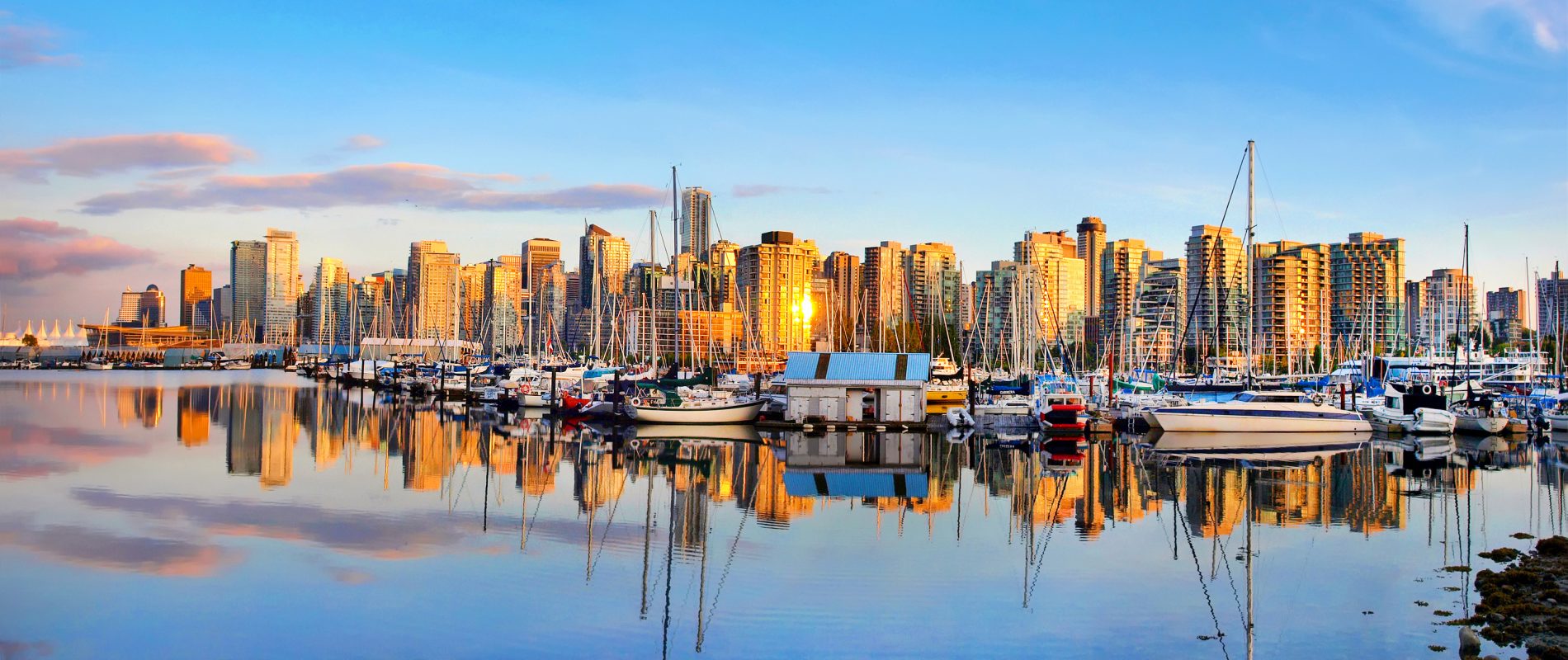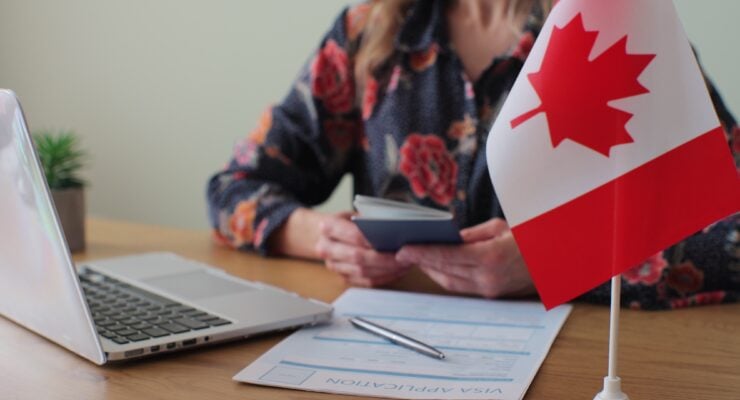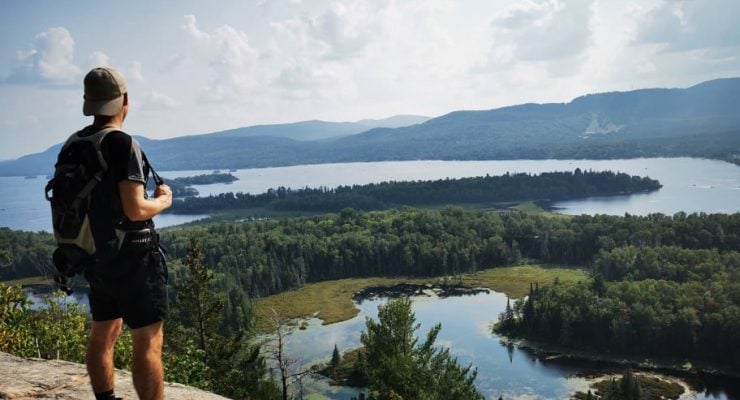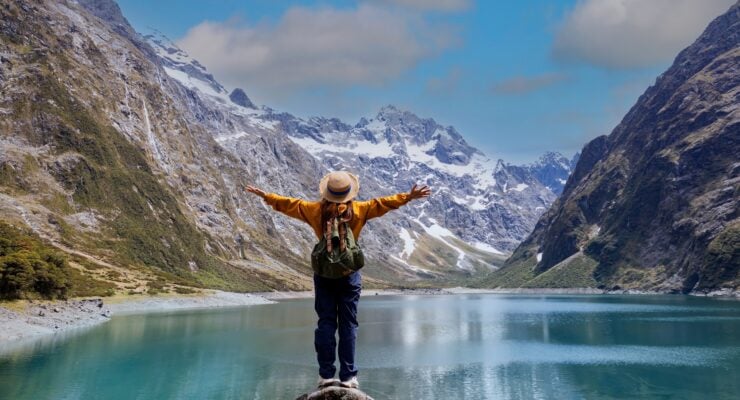Discover and get to know Vancouver
This guide is dedicated to everything you need to know before starting your IEC permit in Vancouver. Before we dive in, here is an introduction to the city!
Metro Vancouver is the largest urban city in Western Canada with almost three million inhabitants. The surrounding areas of West and North Vancouver, Burnaby, Richmond and Surrey are also growing in popularity. Surrey is experiencing such an increase in population that within 10 to 20 years, the number of inhabitants could exceed that of Vancouver.
Vancouver is a reasonably young city and will be celebrating its 140th birthday in 2026. The 2010 Olympic Games allowed Vancouver to improve its transportation network and increase in growth and popularity. The city centre (Downtown) is similar to other major North American cities in that it is made up of grids of criss-crossing main streets, the most famous ones being Granville Street and Robson Street. The buildings are pretty modern and the city is aptly nicknamed “The City of Glass.”
As soon as you leave Downtown, it is rare to see as many skyscrapers and the city becomes more spread out. West and East Vancouver are separated by Main Street, a major thoroughfare that runs from the north to the south of the city.
Thanks to its exceptional location (with both the mountains and the sea on the doorstep), Vancouver’s economy is mainly based on tourism and maritime trade. Due to the proximity of its border with the USA, Vancouver is also renowned for its numerous film and series shoots (10% of Hollywood films are filmed in the region, to save on costs).
Facts about Vancouver
- It was founded in 1886
- It has more than 675,000 inhabitants
- It has a density of more than 5,200 inhabitants/km²
- It spans an area of around 115 km²
- English is the main language used in Vancouver
- It averages temperatures of 3 °C in winter and 22 °C in summer
- It has an average of 146 cm of rain per year.
The people and the atmosphere
Vancouver is an incredible melting pot of diversity and has based its expansion on immigration. Around 41% of Vancouverites were born elsewhere and the city is currently home to the largest Asian community in North America. Here, the culture is “West Coast”: casual clothing and an emphasis on lifestyle.
Outdoor activities are king: the Seawall, the coastal promenade which runs along the city, is crowded year-round. Cyclists, runners, skateboarders and walkers come together to enjoy the fresh air. Stanley Park, the city’s largest park, feels like a forest within the heart of the city. It takes 1.5-2 hours to go around the entire 9 km. Vancouver is certainly a city geared towards outdoor enthusiasts.
Your first steps in Vancouver
Once you have activated your IEC permit and cleared customs, you will need to leave the airport. Vancouver’s metro line, the “Canada line,” was inaugurated in 2009 and connects the Vancouver International Airport to the city centre. At 25 minutes and a fare of CA$9.25, it’s the quickest and most economical way to get downtown. To get downtown in a taxi, it will cost you around CA$36.
For your next steps (getting a Social Insurance Number, opening a bank account, choosing a mobile phone plan, etc.) consult our guide The arrivals process and your first steps in Canada.












 Français
Français English
English




0 comments
{{like.username}}
Loading...
Load more